285 vs 315 Tires
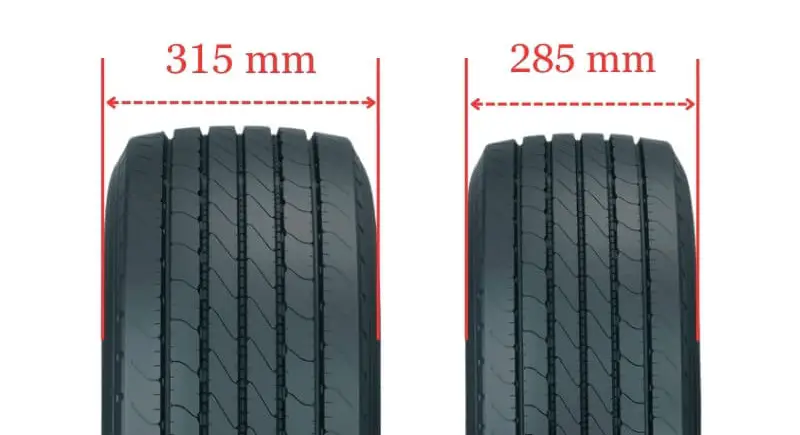
The main difference between a 285 and a 315 tire is the tread width, with the 315 being wider by 30mm (1.18 inches). This translates to a 10.5% increase in tread width for the 315 over the 285.
285 vs 315 Table
To understand the key differences between two tire sizes, let’s refer to this table chart.
| Tire Size 285 | Tire Size 315 |
|---|---|
| Narrower Tread Width | Wider Tread Width |
| Better Fuel Efficiency | More Traction & Stability |
| Smoother Highway Ride | More Cushioning Over Rough Terrain |
| Lower Cost | More Rugged Visual Appeal |
| More Responsive Handling | Enhanced Off-Road Handling |
| Quieter Ride | Better Vibration Dampening |
| More Even Tread Wear | Withstands Impacts Better |
| Cuts Through Snow/Ice | Additional Traction in Mud |
| Accurate Speedometer Reading | Speedometer Reads Lower |
Ground Clearance
Larger tires, such as the 315, elevate ground clearance, enhancing off-road capability and maneuverability over rough terrains. This increase, however, can lead to inaccurate speedometer readings.
Conversely, the 285 tires, being smaller, lower the vehicle’s stance, potentially easing navigation on smoother surfaces but increasing the risk of undercarriage damage on uneven roads.
Gas Mileage
The narrower tread and reduced rotational mass of the 285 tires can improve fuel economy, a vital factor for daily commuting and long journeys.
The 315 tires, with their larger diameter and increased rolling resistance, tend to decrease fuel efficiency due to their heftier weight and greater drag.
Ride Comfort
Larger tires, like the 315, offer superior comfort on rugged terrains due to their heightened sidewall and increased air volume, which better absorb impacts.
However, for urban and highway driving, the 285 tires might provide a smoother experience, thanks to their optimized size for paved roads.
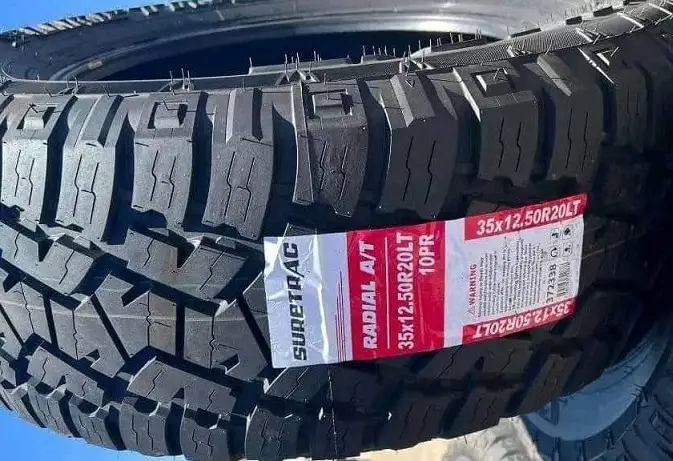
Aesthetics Look
While 285 tires may enhance a vehicle’s aerodynamic profile, 315 tires contribute to a more robust and aggressive appearance.
The trade-off with larger tires is a potential reduction in aerodynamic efficiency, affecting performance and fuel consumption.
Handling & Stability
The handling precision and responsiveness on paved roads are areas where 285 tires excel, offering drivers a nimble ride.
In contrast, 315 tires provide improved stability and traction, especially in off-road conditions or on uneven surfaces, catering to those prioritizing rugged performance.
Noise & Vibration
On smoother surfaces, 285 tires are generally quieter, although they might transfer more vibrations from road irregularities.
The 315 tires, with their aggressive tread patterns, can produce more noise but tend to offer a less vibration-prone ride due to their larger air volume and sidewall height.
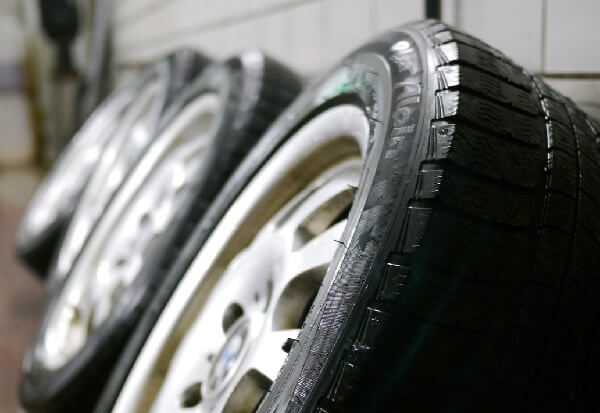
Durability & Wear
Smaller tires like the 285 may exhibit more even wear and potentially longer tread life. Larger tires, such as the 315, although capable of enduring more impacts, might accelerate wear on vehicle components due to their increased weight.
Adverse Performance
In snowy and icy conditions, the 285 tires can offer better performance by cutting through to the road surface. The wider 315 tires might excel in off-road or muddy scenarios, providing enhanced traction where it counts.
Speedometer
Due to its larger overall diameter, the 315 will register as lower speeds on the speedometer than actual speed. Drivers should be aware of this discrepancy and adjust their driving habits accordingly. The 285 provides a more accurate speedometer readout.
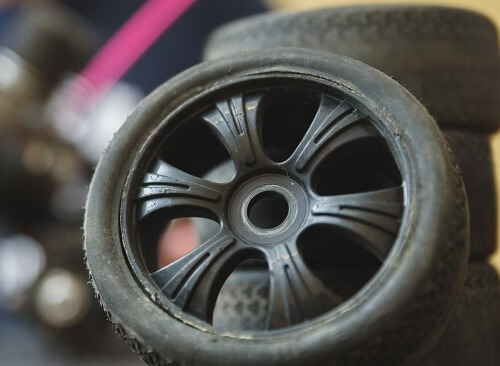
Difference Between 285 and 315 Tires
The main difference is the section width. 315 tires are approximately 30mm wider than 285 tires. This affects handling, traction, and overall performance characteristics.
Can I Use 285 Tires Instead of 315?
Yes, it’s possible. The rim width ranges overlap (9.0-10.5″ for 285, 10.0-12.0″ for 315). However, ensure the aspect ratio and rim diameter match your current setup. Overall diameter difference should stay within 3% to avoid performance issues.
Can I Use 315 Tires Instead of 285?
Yes, it’s possible. The rim width ranges overlap (9.0-10.5″ for 285, 10.0-12.0″ for 315). However, ensure the aspect ratio and rim diameter match your current setup. Overall diameter difference should stay within 3% to avoid performance issues.
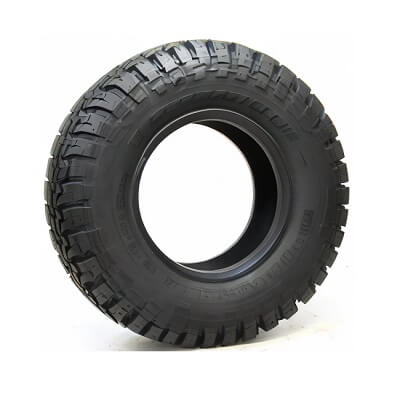
Can I Put 285 Tires on 315 Rims?
Yes, you can put 285 tires on rims designed for 315 tires. The ideal rim width ranges overlap (9.0-10.5″ for 285, 10.0-12.0″ for 315), ensuring proper fitment and performance.
Can I Put 315 Tires on 285 Rims?
Yes, you can put 315 tires on rims designed for 285 tires. The ideal rim width ranges overlap (9.0-10.5″ for 285, 10.0-12.0″ for 315), ensuring proper fitment and performance.
Our Observation
While on paper the 315 appears superior for traction and stability, especially off-road, I don’t think most drivers would notice a dramatic improvement over the 285.
For my needs, the 285 provides sufficient grip and absorbs bumps adequately at a lower cost. I don’t require heavy-duty traction or ride height, so I would likely opt for the 285’s performance, value, and fuel efficiency balance. The 315 intrigues me, but it seems like it is optional for my purposes.

Meet Caitlin McCormack, a Tire Size Expert and Blogger Passionate About Everything Related to Tires. With Years of Experience in the Tire Industry, Caitlin Has Become an Expert in Tire Sizes and Their Impact on Vehicle Performance.
